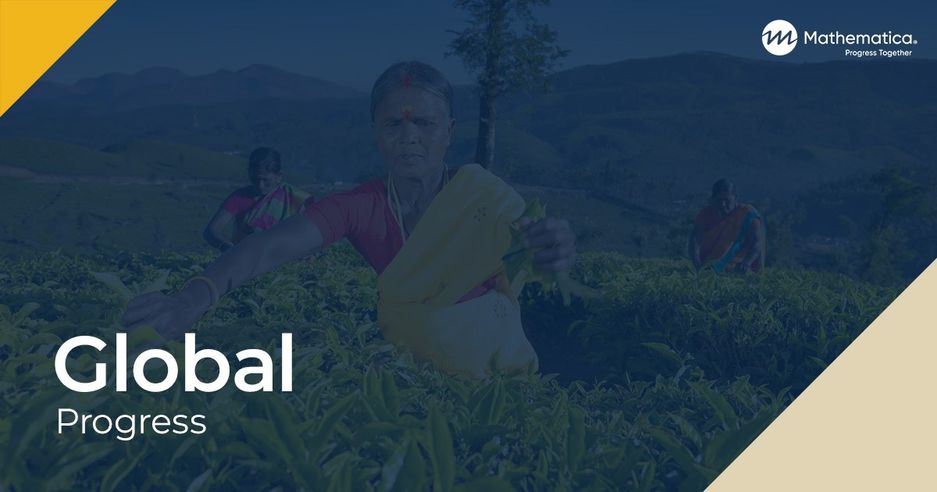Evaluation Interim Report for the Georgia II Industry-Led Skills and Workforce Development Project
Download
Associated Project
Georgia: Evaluation of the Industry-Led Skills and Workforce Development (ISWD) Project
Prepared for:
Millennium Challenge Corporation
Key Findings
- Program Improvement Competitive Grants (PICG) supported the establishment of 51 new or improved technical and vocational education and training programs.
- The government accreditation process for the PICG-supported degree courses resulted in changes to the original course schedules and plans.
- Although the size of the first cohort enrolling in PICG courses fell short of expectations, the total number of enrollees across all cohorts ultimately met expectations for the compact period.
- Trainees in PICG-supported courses were disproportionally male.
The Government of Georgia and the Millennium Challenge Corporation (MCC) developed a five-year compact (2014–2019) to improve the quality of education in science, technology, engineering, and math, and thereby develop a more skilled Georgian labor force. The Industry-Led Skills and Workforce Development (ISWD) project, with a total investment of $16 million, was designed to increase the number of Georgians with technical skills that are relevant to the local economy by investing in technical and vocational education and training (TVET). MCC partnered with Mathematica to evaluate the implementation and potential effects of the ISWD project. The evaluation involves a mixed-methods approach that draws on both qualitative and quantitative data to explore how the project was implemented, what its effects on TVET trainees are, and how likely it is that project-supported activities will be sustained after the compact ends.
In this report, Mathematica researchers present interim findings from data they collected between mid-2018 and early 2019, during the final year of the project’s implementation period when project activities were close to completion.
How do you apply evidence?
Take our quick four-question survey to help us curate evidence and insights that serve you.
Take our survey
